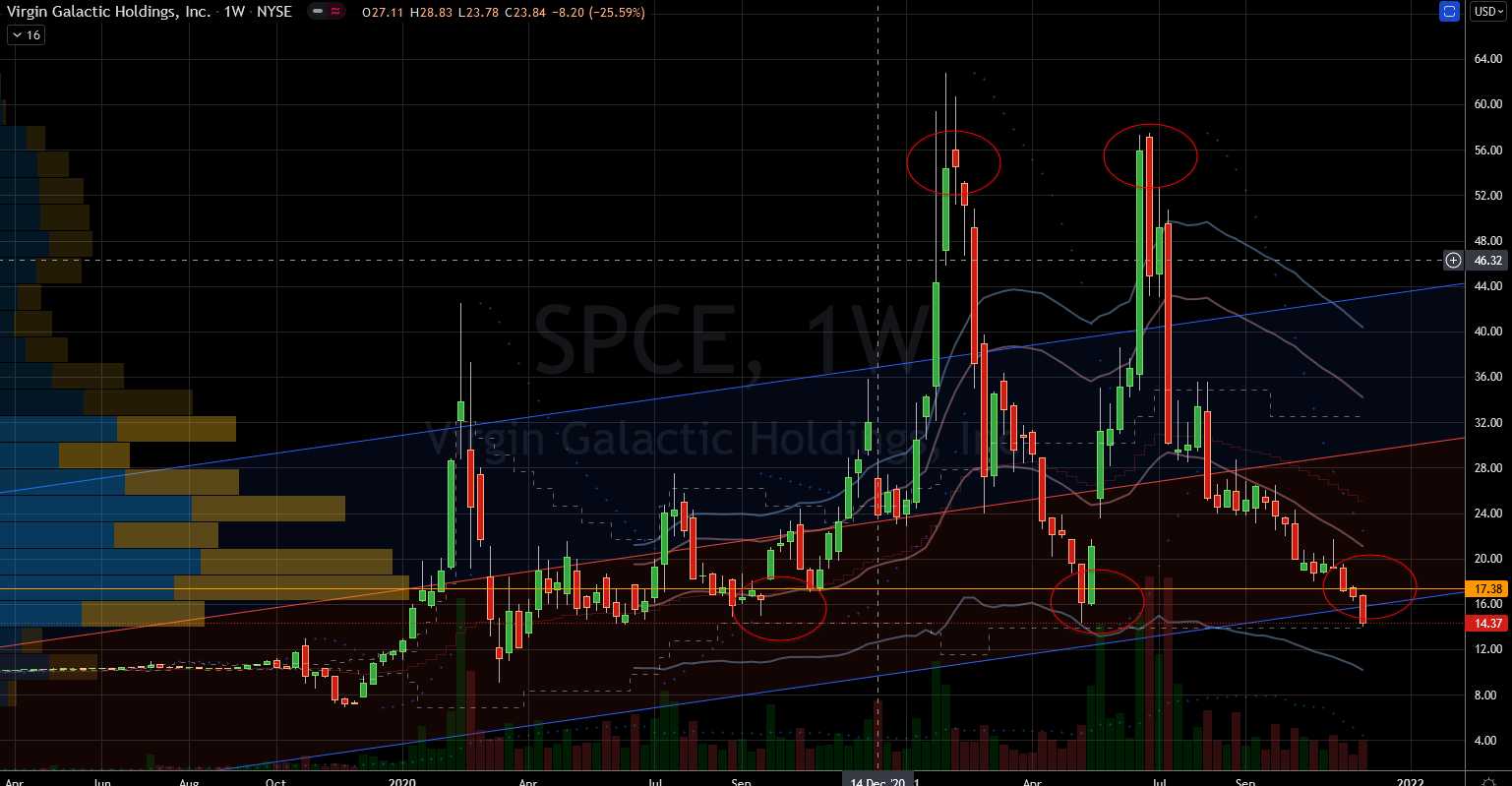

This has been exhibited in a seemingly daily game of tug-of-war between the market bulls and bears. The name of the game being played in the U.S. Yesterday, November existing home sales came in short of Wall Street’s expectations, but the shares of the publicly traded homebuilders rose as the report showed that the nationwide inventory of available existing homes was running well below the historical norm, auguring a likely step-up in building and in future sales volume. Later this morning, we will get data on new home sales for the month of November. Meantime, durable goods orders jump 2.5%, far surpassing the consensus expectation calling for a 1.5% increase. Likewise, the core PCE figure, which excludes the volatile food and energy components, was up 0.5%, the biggest increase since 2001. And on point the PCE (Personal Consumption Expenditures) deflator, which measures inflation, was up 0.6%, the hottest reading since 2008. A closer look showed that most of the income and spending gains were the result of inflation. The personal income and spending data, though, were uninspiring, with income up 0.4%, matching the expectation, while spending advances fell from 1.4% last month to 0.6%, likely reflecting some early buying by holiday shoppers due to worries about supply-chain issues. Initial weekly unemployment claims for the week ending December 18 th remained at a low level, coming in at 205,000. This morning, we received a heavy slate of economic news. equity market and eased, to a degree, concerns that Omicron will lead to a sharp reduction in global output in the months ahead, which has weighed on the energy market and the oil and gas equities over the last fortnight.

In general, the recent reports on the economy have provided some support for the U.S. Also a positive, we learned yesterday that the Consumer Confidence Index rose to 115.8, surpassing the consensus estimate of 111.0 and marking the best reading since July, which was before the coronavirus Delta variant began to worry consumers.

Some positive signs in the fight against the COVID-19 virus, including updates on a number of the current vaccines and data showing fewer long-term hospitalizations and deaths from the Omicron strain of the virus, and encouraging data on the economy, are fueling the rally on Wall Street. The equity futures are pointing to further buying, but have pulled back some from their earlier highs following the release of a number of economic reports this morning (more below). The Dow Jones Industrial Average, the S&P 500 Index, and the NASDAQ Composite rose 261, 47, and 181 points, respectively, yesterday on a day that saw advancing issues outnumber decliners by more than a three-to-one ratio, with the buying picking up into the closing bell. The market sold off sharply on Monday when data showed a sizable spike in new COVID-19 cases, particularly in the Northeast, only to quickly retrace those losses and then some, with two bullish sessions. Before The Bell - This abbreviated trading week (the market is closed tomorrow for Christmas) has been a microcosm of the trading we have seen since late last month when the new form of COVID-19, the Omicron variant, surfaced stateside.


 0 kommentar(er)
0 kommentar(er)
